Rope is a versatile product applied in various aspects of life, including fishing, maritime transport, agriculture, safety ropes, occupational safety, yacht ropes, decorative ropes, and more. Therefore, knowing some handy tips with rope can help us use this tool more efficiently. Let's explore some simple and easy DIY tips with rope below:
There are some tips on various knot-tying techniques that you can refer to for securing onto the boat, anchoring, rigging nets, etc. You can find about "20 Common Knots for Ropes" for detailed information on different types of knots. In addition to knot tying, you can also learn how to splice ropes. Splicing is a fundamental skill in rock climbing, camping, sailing, fishing, and various other rope-related endeavors. For fishermen, splicing ropes is a familiar practice used to create extremely secure knots at the rope's end. You can explore techniques for splicing 3-strand, 4-strand, or 8-strand ropes here.
In the past, ropes were not originally designed for decorative purposes; they were primarily used for securing items, fastening objects, or various other practical functions. However, due to the diverse development of human creativity, ropes have gradually taken on a new role as decorative accessories. There are numerous ways to create decorative ropes depending on each individual's creativity. you can explore some other decorative techniques with ropes as illustrated below:
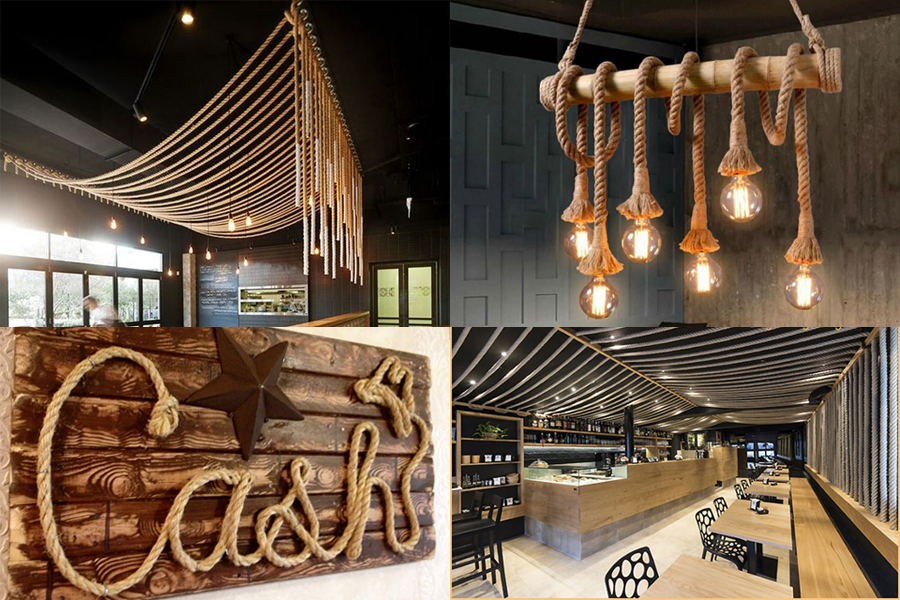
Using ropes in daily tasks involves very simple knot tying; you can tie any type of knot, as long as it is secure. Some knots you can refer to include: the single hitch, double hitch, bowline knot, slipknot, etc. The important thing is to choose a type of rope suitable for the intended purpose. For example, for stretching clotheslines, it is advisable to use sturdy PP rope with a sufficient diameter and tensile strength to prevent the clothesline from sagging or breaking.
Previously, when there were not many specialized agricultural rope manufacturers, farmers often chose general-purpose ropes for use in agriculture. This led to two problems: either the ropes were of poor quality, making them prone to breakage, or high-quality ropes were used, resulting in increased costs. Nowadays, many companies produce ropes tailored to specific work purposes, aiming to achieve high work efficiency and cost optimization.
For tasks such as creating trellises for climbing plants, there are specific trellising ropes. To prevent plants from falling during heavy rains or floods, ropes are used for staking and supporting. For protecting seasonal crops, there are ropes used for staking to prevent them from falling over. Previously, straw was considered a byproduct discarded after harvesting rice, but today, straw has many values. As a result, straw bundling machines have been introduced, and ropes are used in conjunction with them.
The key tip for using ropes in agriculture is to choose the right type according to your specific work requirements. Manufacturers have optimized both quality and cost, helping you avoid using one type of rope for multiple different tasks, which can lead to inefficient usage.
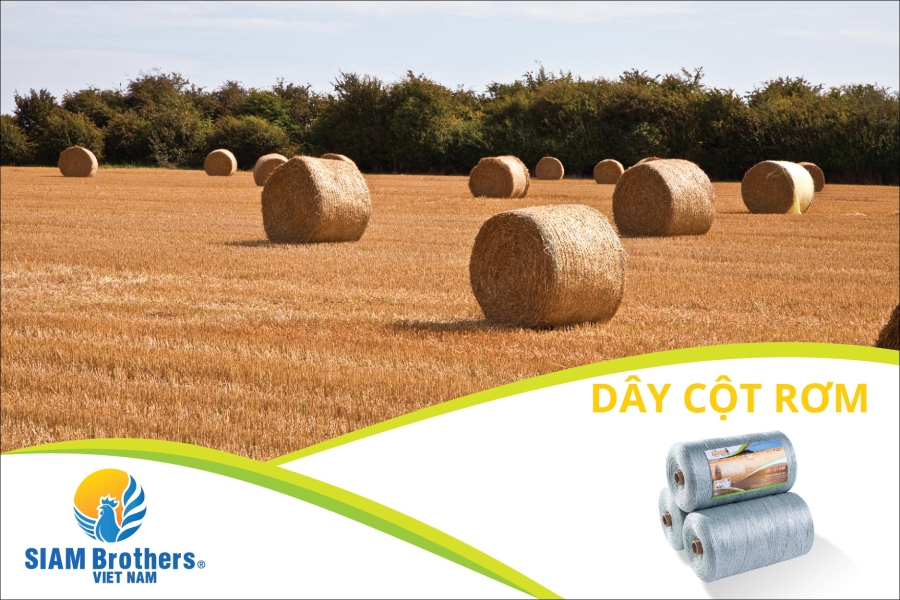
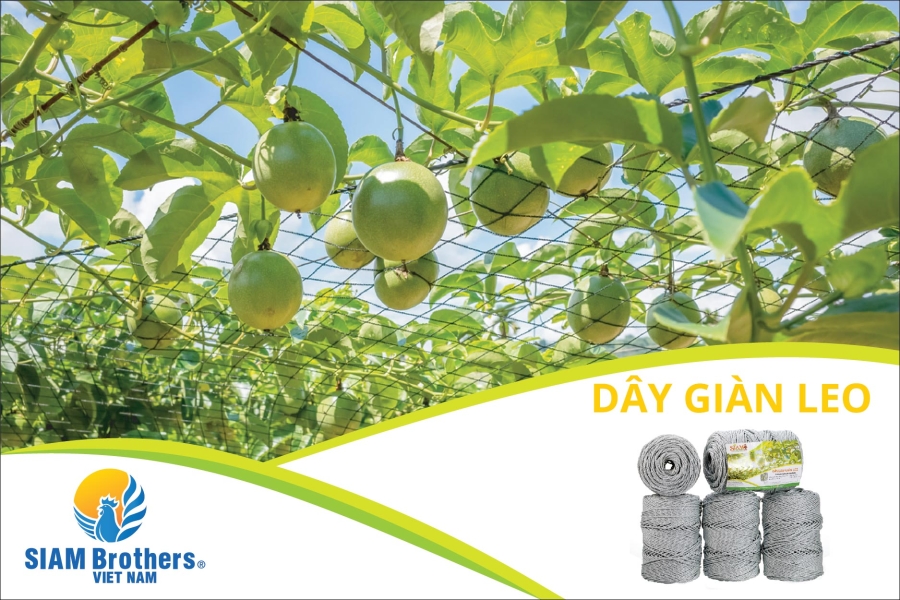
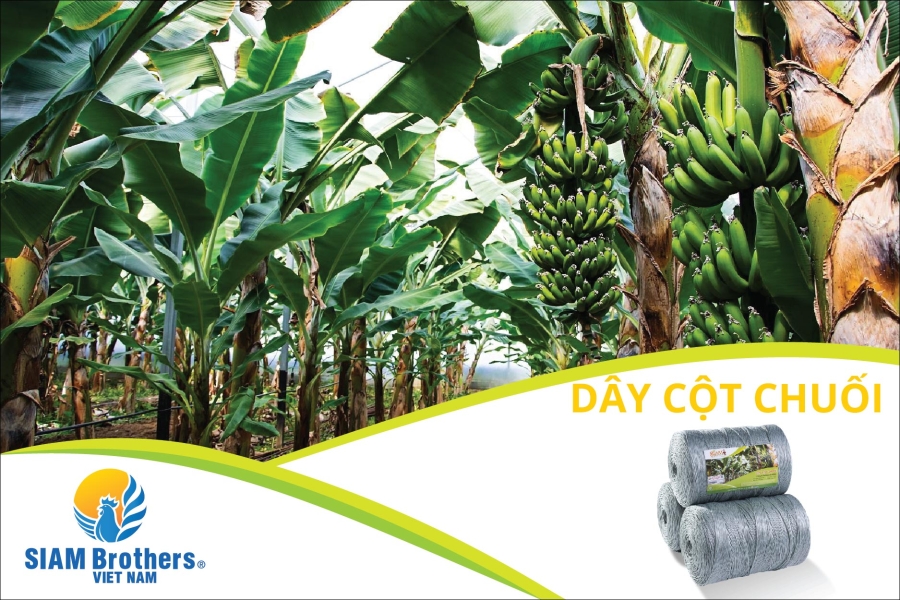
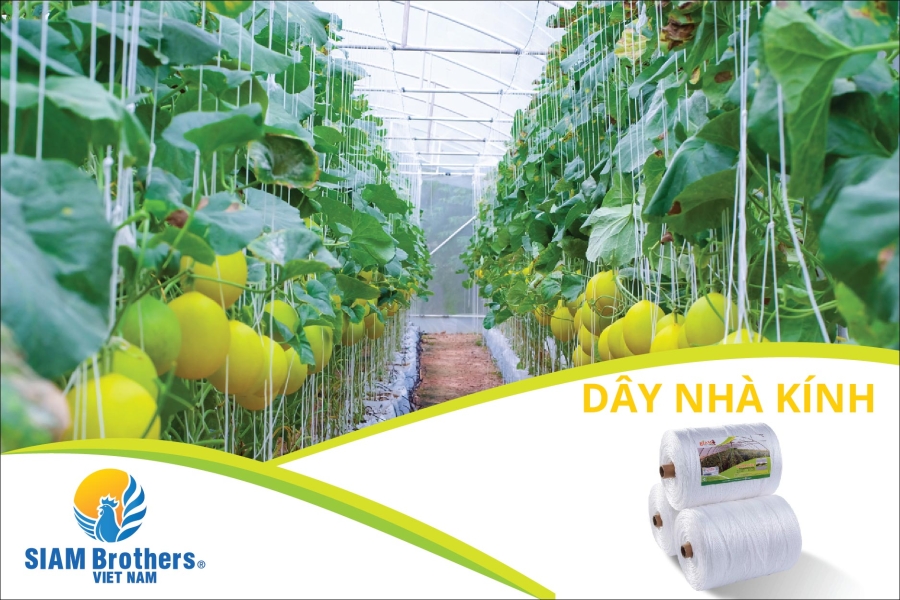
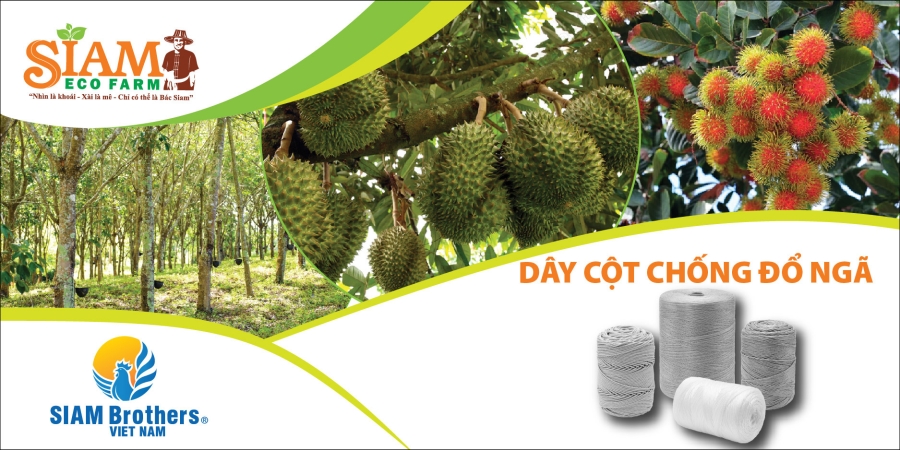
The characteristic of selecting ropes for use in sports is the requirement for strength to ensure they do not break during use.
For tug-of-war, it is advisable to prioritize the use of 4-strand or 8-strand ropes with a diameter ranging from 12mm upwards (ideally around 20 to 30mm). 4-strand or 8-strand ropes, with more wave patterns and larger diameters, provide a firmer grip, making them less prone to slipping.
In jump rope exercises, it is preferable to choose elastic ropes with good resilience and aesthetic appeal, as the rope for jumping does not require high levels of strength.
These are some small tips we have compiled, and we hope they will be useful to you. If you need to use ropes in various areas of life such as fishing, maritime transport, agriculture, versatile applications, camping, or securing items, contact us for advice on choosing the right products and optimizing costs: